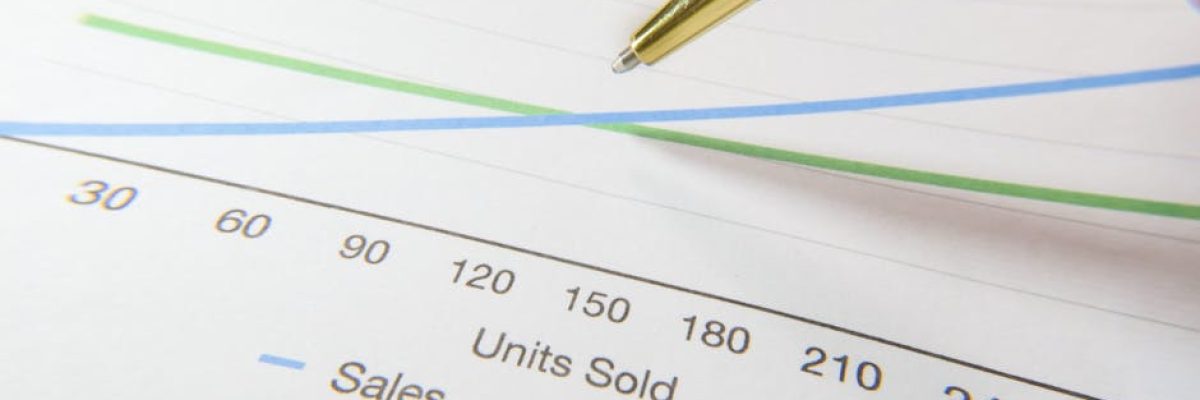Sales forecasting is an essential component of business strategy, allowing companies to anticipate demand, manage inventory, and allocate resources effectively. For small businesses and startups, investing in sophisticated sales forecasting software may not be feasible. However, you can create an effective sales forecasting model using a DIY approach.
### Step 1: Gather Historical Sales Data
The first step in DIY sales forecasting is to gather as much historical sales data as possible. Look at your sales from previous years, including seasonal trends and any promotions or events that might have influenced your numbers. This data will serve as the foundation for your forecasts.
### Step 2: Identify Trends and Patterns
Once you have your historical data, analyze it to identify trends and patterns. Are there specific times of year when sales spike? Are there correlations between your marketing efforts and sales performance? Visualizing this data in graphs can help make these trends more apparent.
### Step 3: Choose a Forecasting Method
There are several methods to forecast sales, and choosing the right one depends on your data and business model. Some common methods include:
– **Moving Averages**: This method smooths out fluctuations in data by averaging sales over a specific period.
– **Exponential Smoothing**: This technique gives more weight to recent sales data, making it responsive to recent trends.
– **Linear Regression**: If you have multiple variables that impact sales (like advertising spend), regression analysis can help establish relationships between these factors and sales outcomes.
### Step 4: Make Your Forecast
Using your chosen method, calculate your sales forecast. If you’re using a moving average, for example, take the average of your sales over the last few months to predict future sales. If using linear regression, plug in your variables to generate your forecast.
### Step 5: Review and Adjust Regularly
Sales forecasting is not a one-time task. Regularly review your forecasts against actual sales and adjust your models as necessary. This will help you refine your process and improve accuracy over time.
### Conclusion
While DIY sales forecasting requires effort and diligence, it can empower small businesses to make informed decisions. By understanding your sales history and applying these straightforward forecasting methods, you can create reliable forecasts that drive business growth.

